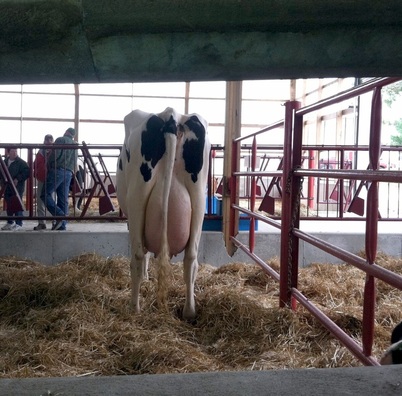
It was a 380-cow dairy farm. They use no growth hormones (rBST) and only use antibiotics but once or twice a year for vaccinations. The cows still eat primarily a diet of silage (moistened corn and hay) but their environment and treatment is way better than most confined feeding operations. While not pasture-raised, they are put out to graze between daily milkings. One, 20-acre field is made available during summer and fall months which provides exercise and a natural, grass diet. The barns are very spacious and airy with screen-sided walls to the outside. Rubber floors make it nicer for the cows to stand. Alleyways are cleaned out twice a day and sandy beds get freshened up frequently with new sand. It may not be a day at the beach but the cows are clean and not stressed. The sand is used in place of straw because it doesn't harbor bacteria like straw. Hay is still used as seen in the picture above but usually for pregnant cows and young calves who need to stay warm.
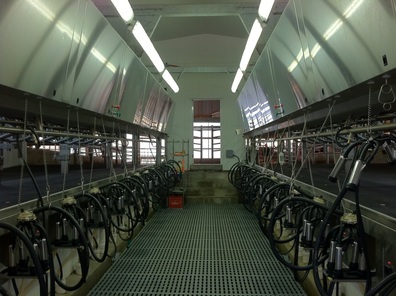
185 cows are in production at one time. The other 205 are either too young or too close to giving birth. They are kept in a separate barn with alternating access to the same pasture. Cows don't go into milk production until they are 2-years old and when they have their first calf and pregnant cows are pulled from production when they are 3-months from delivery in order to let them rest. With the new facility, they can milk all 185 cows in 2.5 hours including the time spent bringing them into the parlor. The room accommodates 24 stations. That's about 5-7 minutes per cow. Compared to the old parlor with only 14 stations, it took over 4 hours to do the same job. Keeping cows pregnant is a daily task, a veterinarian visits the farm every day to monitor the ladies' health and schedule the artificial inseminations.
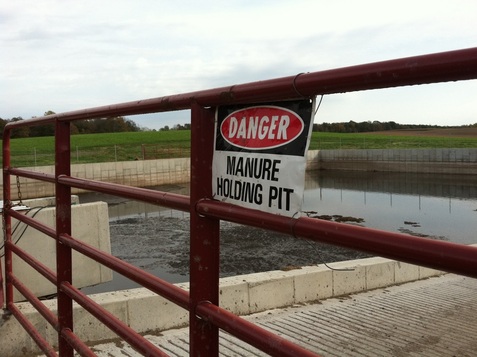
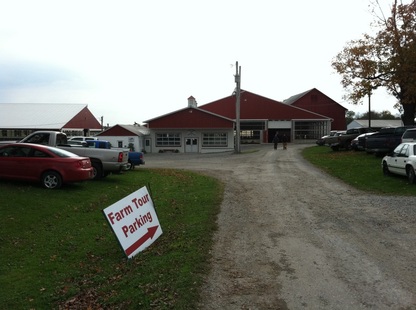
My next stop is an organic dairy. I had hoped to do the visits in reverse and go to the organic dairy first but you take'em as they come. Stay tuned!
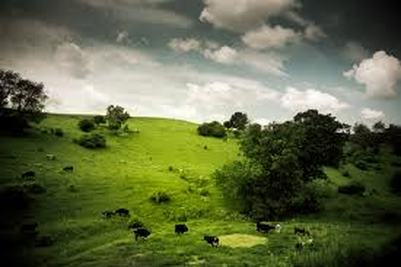
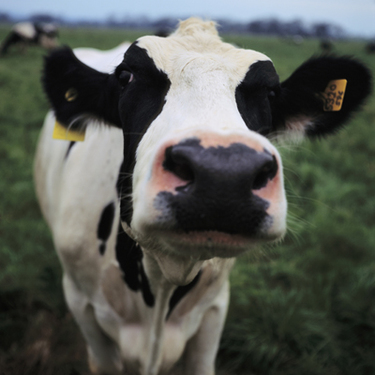

 RSS Feed
RSS Feed
